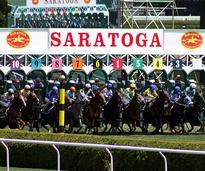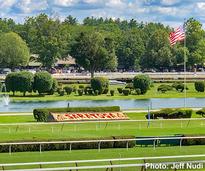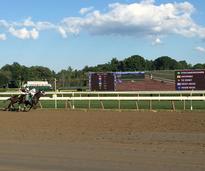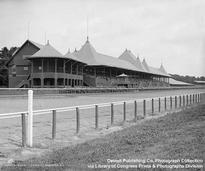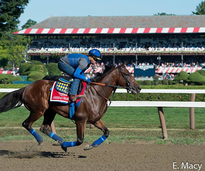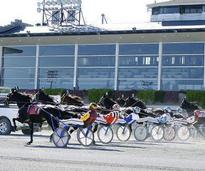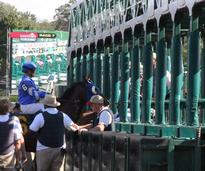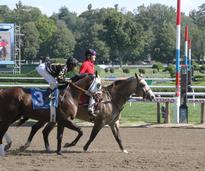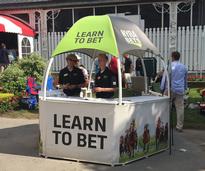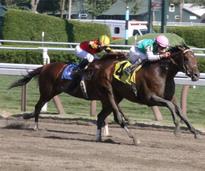Saratoga Horse Racing: Fast Facts, Glossary & Stakes Races
Horse racing is one of the top attractions in Saratoga Springs! From the harness track to the thoroughbred racecourse, there are plenty of opportunities to catch a race. Below, you'll find a variety of helpful resources, whether you're heading to the track for the first time or you're a seasoned racing fan.
Race Course & Harness Track:
Get quick details about the summer meet at Saratoga, including the season dates and other information.
See a schedule of stakes races and dark days for the summer meet at Saratoga.
Steeplechase races, where horses have to traverse obstacles, take place on select days during the meet.
Travers Day, featuring the running of the Travers Stakes, is the most popular day of a typical summer meet.
Find out which horses came out on top in today's stakes races at Saratoga.
Thoroughbred racing in Saratoga dates back to 1863; learn more about the fascinating history.
Saratoga is known as the "Graveyard of Champions". Learn more about the four historic upsets that earned the race course its nickname.
The harness track at Saratoga Casino Hotel features live racing from February - December each year.
General Horse Racing Information:
There's lots to know about horse racing, including different types of horses and races.
Look up unfamiliar racing terms in our extensive glossary, and expand your knowledge of the sport!
New to betting? Check out our helpful infographic for a basic overview that'll come in handy.
Guest writer John Pricci of HorseRaceInsider.com shares his betting primer.
Check out Horse Racing 224 by John Furgele for his honest opinion about the races and relevant issues.
ADVERTISEMENT
ADVERTISEMENT
ADVERTISEMENT
ADVERTISEMENT
ADVERTISEMENT
ADVERTISEMENT
ADVERTISEMENT
Did we miss one? Did one of these places close? Send us a note!

